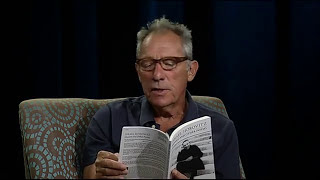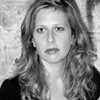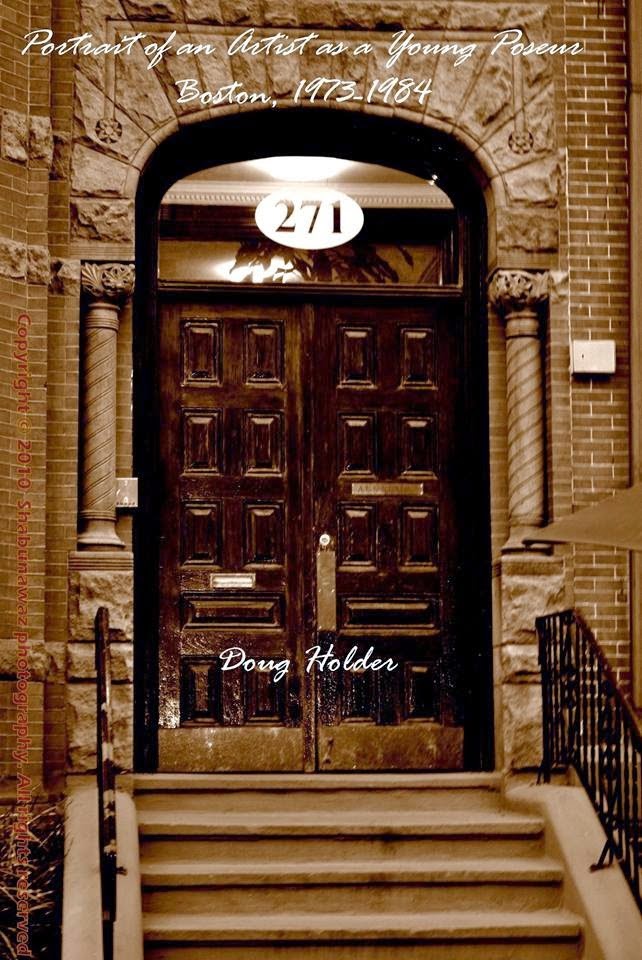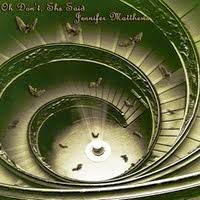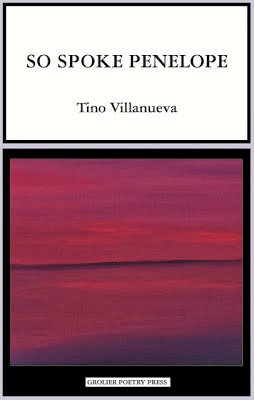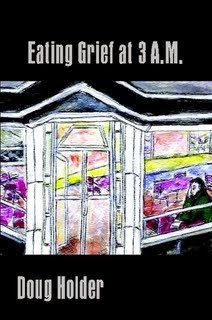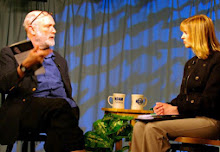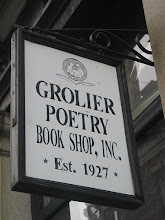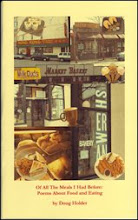
Lois Ames: Confidante to Sylvia Plath and Anne Sexton.”
Interview by Doug Holder (2005)
Recently I was privileged to hear Lois Ames speak at the “Wilderness House Literary Retreat,” in Littleton, Mass. Lois Ames is a poet, biographer and psychotherapist. She was a confidante of the poet Anne Sexton, and has published many essays on both Sexton and Sylvia Plath including: “A Biographical Note,” in Plath’s “Bell Jar,” She also was the editor of “Anne Sexton: A Self-Portrait in Letters.’ I talked with her on my Somerville Community Access TV show “Poet to Poet: Writer to Writer.”
Doug Holder: Is it a natural fit for “confessional” poets like Sexton and Plath to have a trained social worker , and a literary historian, as a confidante?
Lois Ames: I don’t think it is usual. I don’t think that’s why I was their friend or confidante. I knew Sylvia from high school and Smith College. Anne I once met in high school, but I didn’t know her till much later. I was then a trained social worker, but I don’t think that’s why we became friends.
Anne certainly asked me to go to McLean Hospital when she first started teaching poetry there. She wanted someone trained to help her when she reviewed the patient poems. She didn’t want to hurt these fragile patients’ feelings. She wanted me to monitor what she said. She turned out to be superb.
Doug Holder: You wrote the biographical note for the “Bell Jar.” Did you ever want to do a complete biography of Plath and Sexton?
Lois Ames: I did. The book “Anne Sexton: Self-Portrait in Letters.” was my idea. It was done partly to get an understanding about what material was there. She had appointed me her official biographer. But it was also to help her children to understand aspects of their mother’s life they weren’t aware of. I thought if I was there for them we could go through the letters, and this would be very helpful.
I was the first one to be asked to do the biography of Sylvia Plath. I had a contract with the family. Harper and Row was my publisher. It became increasingly difficult for me to do this, as other biographers have found out. And I finally decided for the sake of my own sanity and my family; that
it was better to pay back the advance to Harper’s. I always felt it was a wise decision.
Doug Holder: Did Plath have any interest in teaching poetry at McLean Hospital, like Sexton?
Lois Ames: Oh, no, I don’t think so. Sylvia was a junior in college when she was at McLean. In those days she wasn’t trained to do anything like that.
She went to England after she graduated Smith. There was no reason for her to even think of doing that. That was not Sylvia’s interest. Anne loved teaching. Sylvia found teaching very difficult. She taught one year at Smith College and felt that it drained her. I assume going to England with Ted Hughes and leaving Smith, was a wonderful opportunity for her.
Doug Holder: Anne was not formally educated beyond high school. If say, she was educated in the Liberal Arts at Harvard, would she be a different poet?
Lois Ames: She was very interested in form when she first started and she studied it very diligently. When she was in Robert Lowell’s workshop she studied it as well. She read a great deal. She tried to make up for the great gaps in her education. Her teachers in public school gave up on her very early. They told her parents that she was hopeless. She was sent to the “Garland School,” a finishing school for girls at the time. She said she learned to make perfect white sauce there, but that was it. But she was writing poetry when she was there and it was published in a magazine the school put out.
Doug Holder: Have you had any clients since Sexton and Plath who have reached literary heights?
Lois Ames: I knew a lot of the people in the workshop Anne ran. I am sworn to confidentiality however. But a lot of people, who came out of the workshop, have been or are published poets. They do very well in the poetry world.
Doug Holder: Is your own poetry influence by either poet?
Lois Ames: Anne certainly taught me a lot about reading. She taught me to get as many critiques as possible. Have I ever tried to follow the style of either of them? No. And no one has ever accused me of that.
Doug Holder: Do you think if Plath didn’t have this dramatic background of suicide, Smith, and marriage to Ted Hughes, etc...and was a working-stiff from Waltham, would she be as celebrated as she is today?
Lois Ames: I am wondering where Plath will stand in a hundred years. Ted Hughes was very good at marketing Plath. He kept her reputation growing by the astute publication of her work. I think the fact that she and Ted Hughes had a passionate romance, were from a tumultuous family, and the fact that Sylvia killed herself, all lead to the mystique. It contributes to her present fame. Some of Plath’s poems were superb and she knew a lot about poetic form.
Doug Holder: Where will Sexton’s work stand in a hundred years?
Lois Ames: I think it will fare well. I think Sexton was more daring than Plath. The problem is that people don’t read Sexton today. I don’t think she is promoted. She hasn’t been marketed the way Plath is today.
Doug Holder: The poet Ted Hughes, Plath’s husband, has been much maligned.Both Plath and his other wife committed suicide. It has been said he drove Plath to suicide through his infidelity, etc... What’s your take?
Lois Ames: Ted had a lover during their marriage that he later had a child with. This was the source of Sylvia’s rage. Later she killed herself the same way Sylvia did. I felt extreme sympathy for Ted. There is nothing more rage full to do to other people than to kill yourself. I don’t think other people are responsible for other people’s suicides. With the medications we have now maybe Sylvia and Ann could have been saved.
Doug Holder: Did the limitations on women coming of age in the 50’s play a role in these untimely deaths?
Lois Ames: Each of us was a warrior trying to find herself. Every achievement was huge. To get out from under the dish washing, the daycare, and to create anything took enormous courage, and strength. I am sure it took its toll.
Doug Holder: Did Sexton and Plath’s mental illness contribute positively to their poetry?
Lois Ames: Each wrote in spite of their illness. It took enormous courage to do this.





